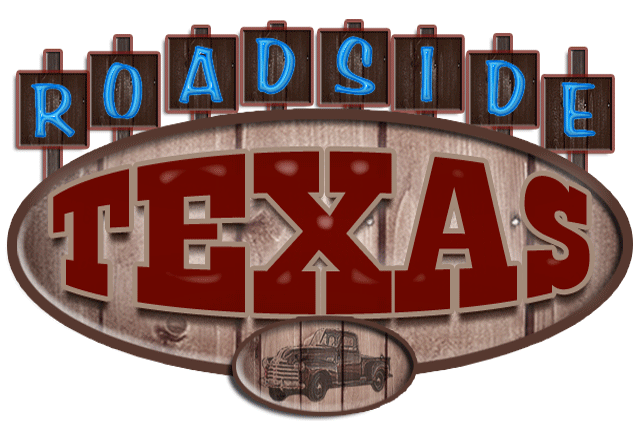Discover Texas
Most of our Texas history pays homage to those brave men who fought at the Alamo. But before Davy Crockett and James Bowie, there were the families who braved the hostile frontier in colony clusters. We celebrate and pay homage to those architects of early period Texas who risked their lives for the expansion and economic prosperity of our Texas state.
Historically, El Camino Real became the path to Texas, but we must not forget those who set the markers along the way taming the wild frontier.
1. Native Indians: Before the Mexicans, the Spanish explorers encountered various tribes. Over 100 tribes were documented and identified from 1500-late 1800s. Sadly, over 95% were wiped out by European disease.
2. Mestizos: From Spanish cities, San Antonio, to rivers, such as the Colorado, to architecture, Spanish influence covers the entire state of Texas. Little do newcomers know that many Tejanos, are descendants of the Mestizos. Of the natives who survived Spanish conquest, intermarriage with the Spanish was not uncommon. First-born New World Spaniards were the Mestizos. They acquired land, rights, and power but still below class level from the remaining Spaniard and became a fast growing population.
3. Mulatto: Many Africans were brought into the Americas through slavery. But the Hispanic religious and legal traditions allowed for Africans to freely intermarry or produce offspring with other ethnicities. An African and a Mexican offspring was known as a Mulatto. The Afro-Mexican participated heavily in expeditions throughout the New World and existence is clearly found in cities such as San Antonio.
4. Mexican-Texas Citizen: Mexican families who remained in Texas after the revolution would undergo hostile harassment from Anglo settlers up to 1915. A mass exodus occurred during this period as many were driven from their homes and forced to take refuge in Mexico. The fear of war outbreak and a plot to take over on the northern side of the Rio Grande by Mexican Americans caused federal authorities to execute many. By 1900, many families had settled largely in south Texas. Repatriate. By 1990 census, 4 million of Mexican descent were born in Texas.
5. Anglo-American: Between 1821-1835, Spain had opened the door to Anglo migration before Mexico won independence. Spain planned for "foreign" settlement to drive Commanche and Kiowa tribes further out. Anglos were attracted to the inexpensive land. When Mexico took charge of Texas territory, Anglos continued to be allowed under conditions: converting to Catholicism and an oath of loyalty to the new nation. One of the largest colonies was formed by Moses Austin. The belief that the U.S. would buy eastern Texas from the Mexicans kept his colony hopeful and patient in the isolated area. The other attraction to Texas territory was the farmer who had defaulted on loans. They escaped debt and possible prison sentence.
6. African Slave Descendants: As Anglos moved to Texas territory so did their slaves. Cotton and sugar proved the perfect agriculture, however, the Mexican government refused to allow slavery after 1840. The grandchildren of slaves would be allowed freedom after a certain age, though it did not sit well with Anglos. As Texas won its independence from Mexico, so did landowners receive their rights as slave-owners once again. The majority of slaves were field hands although some slaves became skilled craftsmen, household servants, and mechanics. Texas had many run-aways and many escaped to Mexico. But in Texas, slaves did not endure the harsh realities of the Southern plantations. They freed their owners of manual labor and daily chores.
After the civil war, slaveowners refused to accept the emancipation of slaves. Many moved to the urban cities whereby helping to reconstruct the economy. Although hostility and terror from Anglos remained rampant, even under duress, African Americans were still able to establish communities and thrived to serve their own need.
7. German: "American-Letters" Of all the immigrants to Texas, this group was by far, the largest and wealthiest. Many settled what is known as the German Belt, from Galveston to Houston, Kerrville to Hondo. Land grants Of Stephen F Austin's colony appealed to the European. Germany, the fatherland, looked to alleviate over-population during 1844-1847. Thus, the German Belt became the nucleus at Austin colony. Migration tapered off in the 1890s.
8. Italian: An influx had migrated to the US from 1880s-1920 to escape harsh conditions in their native land. Sicilians settled in the lower Brazos Valley and Galveston Island.
Other important immigrants to Texas participated in Texas developments as early as the Revolutions were Czechs(1836), French (1840s), Chinese (with the railroads,1870s). Swedes (1848), Norwegian (1850s)..more immigrate to Texas.
In conclusion, when you hear a Texas resident claim he is native, his ancestors were immigrants. While in Texas, do as the Texans do: embrace all cultures. Whether history is inflicted with blemishes, it is a permanent stamp. However, when looking back at our historical timeline of first families on the frontier, in comparison today, there is quite a blended racial mix.
And as our brave ancestors before us, each immigrant generation faces opposition. From our leaders to fellow Texans to newcomers, our Texas heritage is proof Texas is a leading economic state because of a strong immigrant contribution.
Celebrating Our Many Cultures
American Indian: PowWowFest
Tejano: Fiestas Patrias |
African American: Juneteeth
German: OctoberFest
Italian: ItalianFest
Greek: GreekFest
Texas Heritage:





